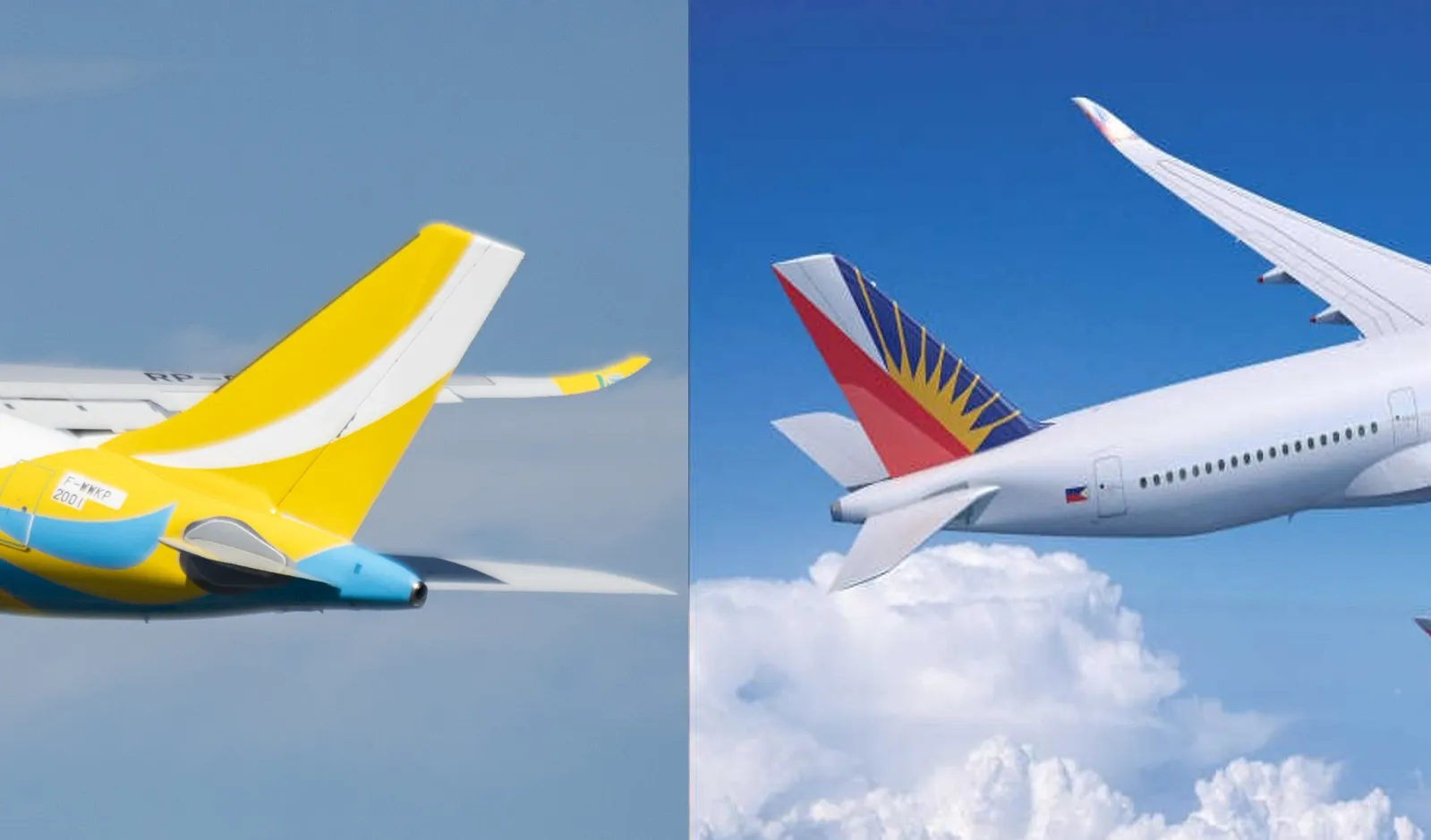
Cebu Pacific or Philippine Airlines?
Apr 11, 2023

Cebu Pacific is a prominent low-cost airline based in the Philippines, known for its affordable fares and extensive domestic and international routes. Established in 1988, it has become a popular choice among budget travelers, offering a no-frills flying experience with optional add-ons for services like baggage and meals. The airline has a fleet of modern aircraft and emphasizes efficiency and accessibility, making air travel more affordable for Filipinos and tourists alike. Philippine Airlines, the country’s flag carrier, boasts a rich history dating back to 1941, providing both domestic and international flights. Renowned for its commitment to customer service, it offers a range of amenities including in-flight meals and entertainment. The airline serves as a bridge for travelers, connecting the Philippines to various global destinations while promoting Filipino culture and hospitality.
Overview of Cebu Pacific and Philippine Airlines
When it comes to choosing between Cebu Pacific and Philippine Airlines, travelers often have several factors to consider. Both airlines offer unique advantages and cater to different segments of the market. Understanding the key differences can help you make an informed decision for your next trip.
Pricing Comparison
One of the primary factors that influence travelers' decisions is pricing. Cebu Pacific is known for its budget-friendly fares, making it a popular choice for those looking to save money. Below is a table that highlights the fare structure of both airlines:
| Airline | Base Fare | Additional Fees | Total Cost (Approx.) |
|---|---|---|---|
| Cebu Pacific | $30 | $20 (baggage, meals) | $50 |
| Philippine Airlines | $70 | Included (meals, baggage) | $70 |
As seen in the table, Cebu Pacific offers a lower base fare, but additional fees can add up quickly. On the other hand, Philippine Airlines includes meals and baggage in their pricing, which might appeal to travelers who prefer an all-inclusive fare.
Destinations and Route Network
Both airlines have extensive route networks, but they differ in terms of domestic and international destinations. Cebu Pacific is known for its domestic flights and numerous routes to popular tourist destinations in the Philippines. In contrast, Philippine Airlines offers more international flights, making it an excellent choice for travelers looking to explore destinations outside the Philippines.
Service Quality and Customer Experience
Service quality is another crucial aspect to consider. Cebu Pacific has built a reputation for being a budget airline, which sometimes reflects in the level of service provided. While they strive for efficiency, customer experiences may vary. Below is a table summarizing customer satisfaction ratings:
| Airline | Customer Satisfaction Rating (Out of 10) | In-flight Services |
|---|---|---|
| Cebu Pacific | 7 | Basic (buy-on-board) |
| Philippine Airlines | 8.5 | Complimentary meals and drinks |
The above ratings indicate that while Cebu Pacific provides a decent experience for budget travelers, Philippine Airlines tends to score higher in customer satisfaction due to its comprehensive in-flight services.
Frequent Flyer Programs
If you travel frequently, the frequent flyer programs offered by each airline may influence your choice. Philippine Airlines has the Mabuhay Miles program, which allows travelers to earn points that can be redeemed for flights and upgrades. Cebu Pacific offers the GetGo program, which also rewards travelers with points. Here’s a quick comparison:
| Airline | Frequent Flyer Program | Point Accumulation | Redemption Options |
|---|---|---|---|
| Cebu Pacific | GetGo | Earn points on flights and partner services | Flights, discounts, etc. |
| Philippine Airlines | Mabuhay Miles | Earn miles on flights and partner services | Flights, upgrades, etc. |
The choice between these programs may depend on how often you fly and what type of rewards you prefer. If you’re a regular traveler, the benefits of either program can significantly enhance your flying experience.
Safety and Reliability
Safety is paramount when choosing an airline. Both Cebu Pacific and Philippine Airlines have established safety records. However, Philippine Airlines tends to have a slightly better reputation in terms of reliability and punctuality. Here’s a quick overview:
| Airline | Safety Record | Punctuality Rating |
|---|---|---|
| Cebu Pacific | Good | 80% |
| Philippine Airlines | Very Good | 85% |
Travelers may feel more at ease choosing Philippine Airlines for long-haul flights, given their slightly higher punctuality ratings and safety history.
Conclusion
In summary, the choice between Cebu Pacific and Philippine Airlines depends on your travel preferences and priorities. If you’re looking for budget fares and don’t mind additional fees, Cebu Pacific may be the way to go. However, if you value service quality, inclusivity, and a more comprehensive flight experience, Philippine Airlines could be the better option. Ultimately, both airlines have their strengths, and understanding these aspects can help you make the best choice for your travel needs.
Related Articles

Explore Thailand: The Best Islands to Visit for Paradise, Adventure, and Relaxation

The Ultimate Guide to the Best Islands in Thailand for Your Next Getaway

Do babies need passports? How to get a passport for a newborn

How to get a U.S. passport fast: here’s how to expedite the process

What is Mobile Passport Control: 5 reasons why you should use it

SENTRI vs. Global Entry: A detailed guide

Do you need a passport to go to the Bahamas? Let’s find out

Do you need a passport to go to Mexico? A detailed guide

Do you need a passport to go to Canada? We got the answer

Do You Need a Passport for a Cruise: An Essential Travel Guide

Booster Seat Requirements: All the Rules to Follow in Your Rental Car

What Are the World’s Most Powerful Passports, and How Does Yours Rank?

How to Take a Passport Photo at Home: A Helpful Guide

You've got to have heart! Southwest's new livery

Your opinion: Should water be free on low cost carriers?

Young women bolder than guys as solo travellers
